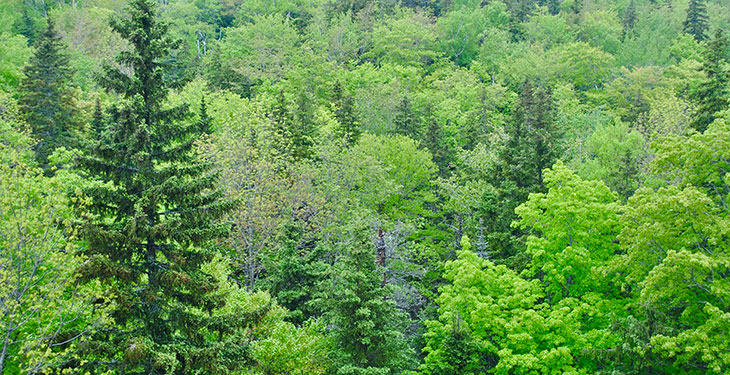Bogdan Tudorache
The Minister of European Funds, Cristian Ghinea, recently announced that he will propose the inclusion of the afforestation campaign in the National Recovery and Resilience Plan (PNRR). One billion euro could be allocated in support of this vital goal for Romania, Greenpeace claims. But without changing the legislation and reducing bureaucracy for plantations, Romania will only be left with another unfulfilled promise, say environmental officials.
Through the Recovery and Resilience Mechanism, Romania has an allocation of 30.4 billion euros, the budget for the entire European Union being 672.5 billion euros. The National Recovery and Resilience Plan that Romania is now developing is a strategic document that sets out the investment priorities and reforms needed for recovery and sustainable growth. The elaboration of the PNRR is conditioned by investments directed towards the green transition and digitalization: the allocation of a budget for climate change of at least 37% of the total and at least 20% for digitalization.
If for forest management the reforms started with the operationalization of SUMAL 2.0 – through digital strategies to combat illegal logging and through the transparency of information -, Romania has taken the step in terms of plantings. With 27% forest area, our country is well below the European average of 43%.
“In 2020, Greenpeace launched the Green Barrier, an environmental campaign that aims to create a National Network of Protective Forests. Romania must replant forest curtains in plain areas to protect itself from drought, floods, floods, destroyed crops. To ensure that funding for the Green Barrier is included in the PNRR budget, Greenpeace Romania sent a document to the Ministry of European Funds defining three major objectives of the afforestation plan: Agro-protection forest curtains: Agricultural land with areas larger than 15 hectares must have forest curtains of at least 3% of the total area; Forests in the vicinity of communities: The areas of ATUs must contain at least 15% forest vegetation. Applicable to both small communities and urban agglomerations. Simplifying access to non-reimbursable funds for afforestation of land with an area of less than 15 hectares for owners who want to contribute to the creation of the National Network of Protective Forests,” say Greenpeace officials.
Greenpeace supports the proposal to invest 1 billion euros in the emergency replanting of forest curtains. Approximately 95% of the plain areas of Romania were left without forests. Climatologists’ models show that, in a moderate scenario, 11 million Romanians will be severely affected by climate change through lack of water, lack of food security, land degradation and desertification. We already have over 400,000 hectares of sand in southern Romania, and the situation will worsen dramatically in the next 30 years.
“The Romanian Government must prioritize the protection of soils and agricultural crops. In the last 10 years, Romanian farmers have been compensated with public money of about 500 million euros for the affected crops. Unfortunately, so far we have only addressed the effects of climate change, without acting against the cause: the lack of forest vegetation to retain and distribute water in the soil. According to the specialists, the forest curtains bring an increase of production of up to 300% in the dry years and reduce by approximately 17% the water consumption per ton of vegetal mass produced,” says Ciprian Gălușcă, the coordinator of the campaign for forests and wildlife, Greenpeace Romania.
